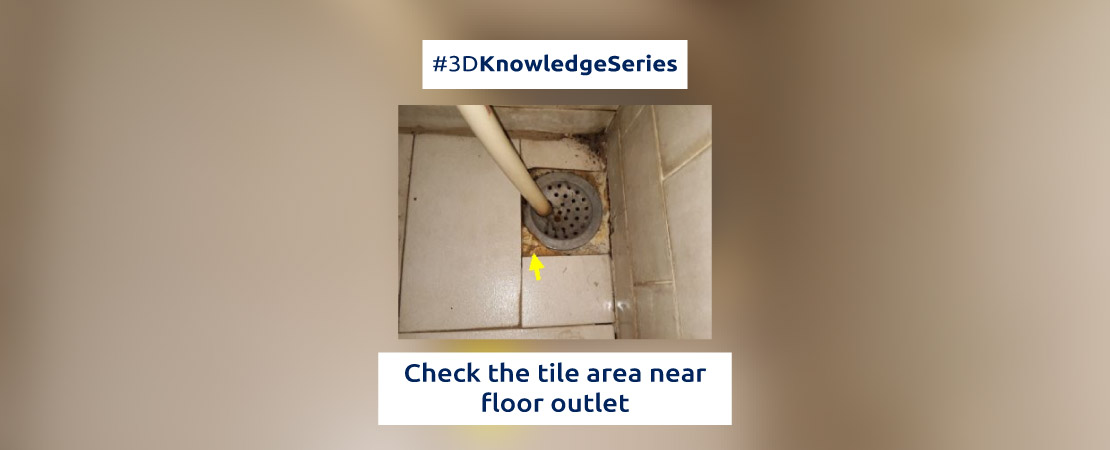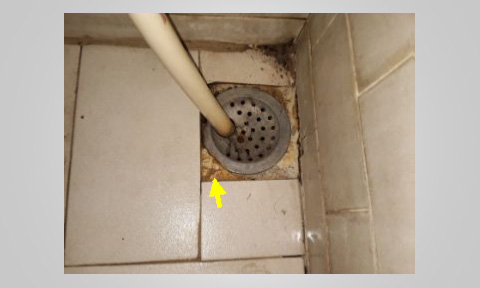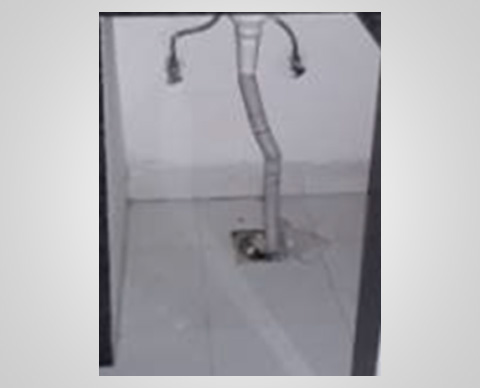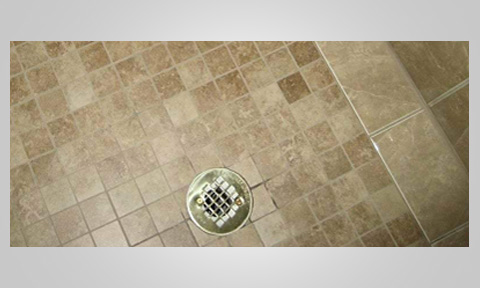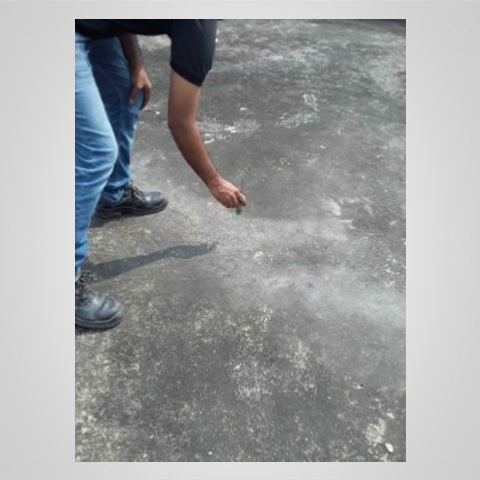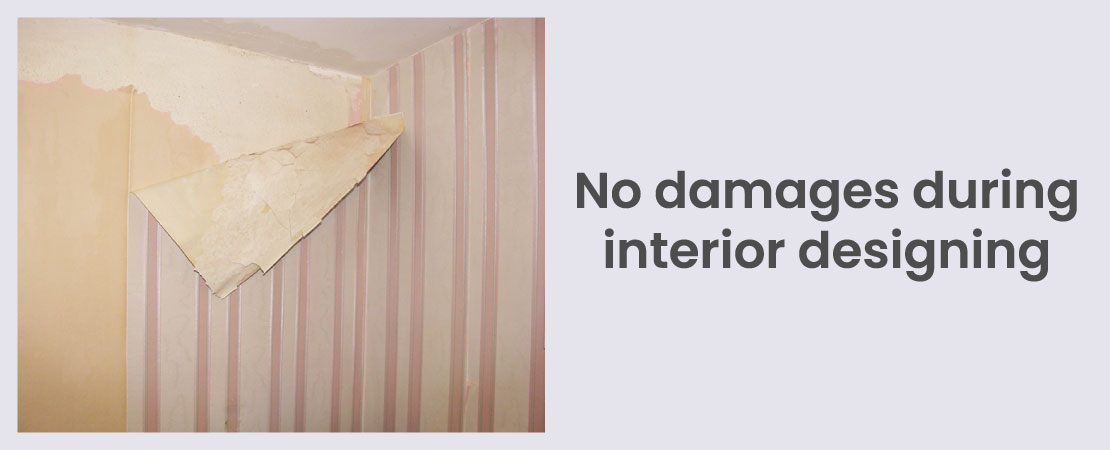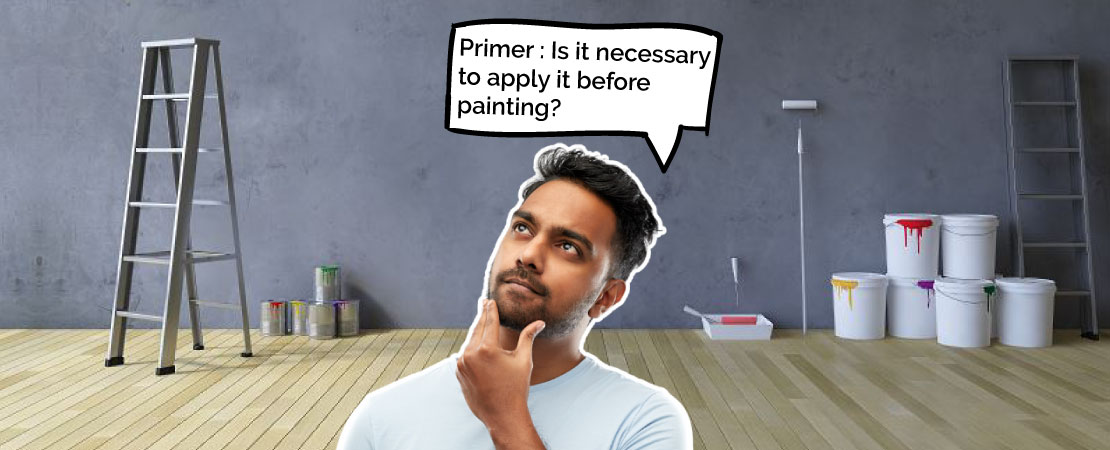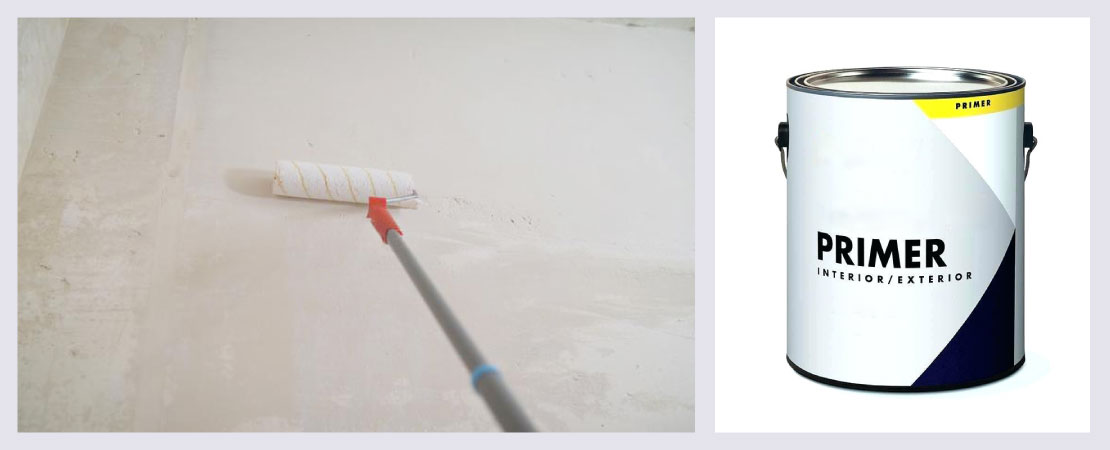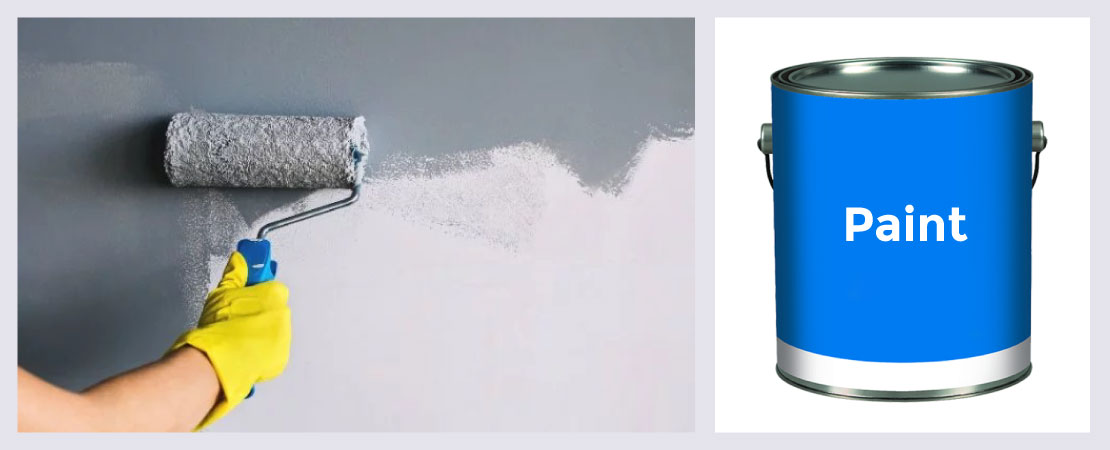With an aim to assist homebuyers get returns on their investments, the Uttar Pradesh real estate regulatory authority (UP Rera) cancelled the registration of as many as five realty projects located in Gautam Budh Nagar on December 6. This brings the number of deregistered real estate projects in the district to six. The move comes in light of developers allegedly failing to deliver the projects to buyers. However, the deregistrations have not yielded any result for buyers.
According to the law, the Rera has the right to deregister a project if the developer abandons it. After deregistration, a developer loses control of the project and the Rera has the right to either transfer rights to buyers or to a new developer.
The Rera gives an opportunity to the apartment buyers’ association to take over the stalled project and if this does not work out then a co-developer (a new developer) is engaged to revive and deliver the project.
The regulatory authority, which was formed under the Rera Act 2016 to address issues in the realty sector, has been unable to deliver justice due to legal hurdles.
“We had high hopes from real estate regulatory authority when it was formed in 2016. We thought it will deliver justice as promised in a time-bound manner and we will be able to either get our flats or our investments refunded. But we are clueless what to do now because filing case in Rera has provided no solution so far,” said Arun Chauhan, a buyer, whose family had bought two flats in Unnati Fortune Group’s Aranya project in Sector 119.
Officials of the Unnati Fortune Group were not available for comments even after repeated attempts to reach them.
The first time that UP Rera deregistered a project was Unnati Fortune’s Aranya – a residential project – in May this year, so as to allow the apartment owners’ association to finish it or bring in a co-developer.
“The Rera had deregistered the Aranya project and later, the matter reached National Company Law Tribunal (NCLT) before we could bring out any solution. The government has laid down a process giving models to revive the realty sector and Rera is working on available models to deliver justice,” said Rajive Kumar chairman of the regulatory authority.
Similarly, the Rera’s move to allow buyers’ associations to take over a Noida-based housing project by Shubhkamna developer was disrupted as the matter was taken to the NCLT.
Another project deregistered by the Rera is mixed-land use project Mist Avenue (Festival City), located in Sector 143 along the Noida-Greater Noida Expressway. The promoter of Mist Avenue is lodged in Delhi’s Tihar jail and hence unavailable for comment.
The rest of the projects deregistered by the Rera are all located in Greater Noida.
The authority hopes that in future, the Rera Act 2016 provides better solutions for the realty sector and its investors.
“Whenever a new law comes into being, it has scope for improvement and revision. And with time, the Rera Act 2016 will have more clarity on complicated legal issues and will be more useful to this sector. And even now it has emerged into a successful model,” said Kumar.
According to Rera officials, engaging co-developers is not easy because of debt liabilities associated with distressed projects – no co-developer has taken up any of the six de-registered projects due to liabilities and financial strains of those projects.
“Co-developers worry about the debt that a distressed realty project already has from banks or other agencies and the rules are not explicit. There needs to be more clarity about the co-developers’ liabilities and profit portion. Once this is done, bringing about a co-developer will be convenient,” said Kumar.
“We have demanded from the government that Rera should be given more powers to deliver timely justice for the realty sector. In some cases, petition in NCLT disrupted ongoing proceedings in Rera, thereby delaying justice. We demand that the Rera should address real estate sector cases first before they reach any other court, such as NCLT,” said Prashant Tiwari, president of confederation of real estate developers association of India’s (Credai) Western UP wing.
Source: https://www.hindustantimes.com/real-estate/up-rera-cancels-registration-of-five-stuck-realty-projects-in-gautam-budh-nagar/story-aVbe6Rz3Db3AlUOF8zutOK.html


